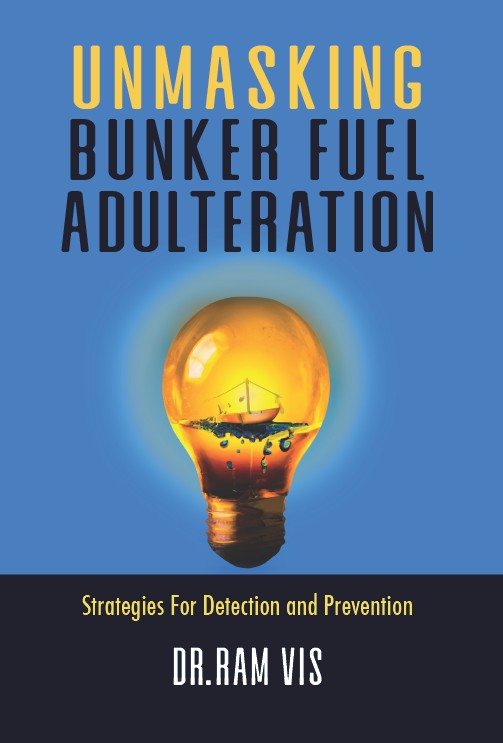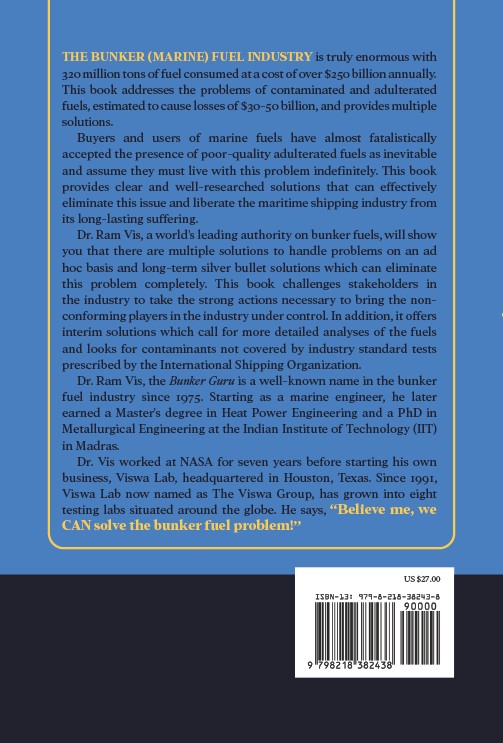- Shipping Firms Get Science-Backed Nod for Using Scrubbers.
- Regulators Urged to Rethink Fuel Mandates After Scrubber Findings.
- Ocean Pollution Fears Eased as Scrubber Washwater Found Safe.
In 2020, the International Maritime Organization (IMO) implemented a global limit on marine fuel sulfur content to reduce damaging environmental and health effects. The new standard set sulfur content at 0.5% worldwide and 0.1% in areas sensitive to pollution, down from the usual 2–3% contained in heavy fuel oil (HFO), reports MIT News.
Shipping firms had three options to meet the requirement
- Switch to low-sulfur fossil fuels such as marine gas oil
- Install scrubbers for exhaust gas cleaning
- Employ low-sulfur biofuels, although their supply is limited
Among these, scrubbers proved to be an affordable and technically viable option—but concerns persisted about their actual environmental effect.
A Scrubber Study in Depth
MIT, Georgia Tech, and partner institutions researchers aimed to test scrubbers more comprehensively through a new lifecycle analysis. Their study covered the entire “well-to-wake” supply chain—fuel production through emissions at sea. The research determined that applying HFO with scrubbers is comparable to or even better than low-sulfur fuels in terms of environmental performance in ten significant indicators such as greenhouse gas emissions, acidification, and ozone formation.
“In our collaboration with Oldendorff Carriers to broadly explore reducing the environmental impact of shipping, this study of scrubbers turned out to be an unexpectedly deep and important transitional issue,” said Neil Gershenfeld, MIT professor and director of the Center for Bits and Atoms (CBA). “Claims about environmental hazards and policies to mitigate them should be backed by science. You need to see the data, be objective, and design studies that take into account the full picture to be able to compare different options from an apples-to-apples perspective,” added Patricia Stathatou, lead author and assistant professor at Georgia Tech.
Scrubbers: The Technology and Its Growth
Before the 2020 regulation, fewer than 1,000 vessels had scrubbers installed. Today, that number has grown to over 5,800, most using wet, open-loop scrubbers. “Scrubbers are a very mature technology. They have traditionally been used for decades in land-based applications like power plants to remove pollutants,” said Stathatou.
These scrubbers work by pulling seawater into a vertical exhaust tank where it’s sprayed over hot exhaust gases. Sulfur dioxide in the gas combines with water to create sulfates—harmless chemicals that naturally occur in seawater. Treated wash water is then discharged back into the ocean, and cleaned exhaust is discharged into the atmosphere. However, some worry that wash water could carry other contaminants such as heavy metals, raising questions about the broader environmental implications of the use of scrubbers.
Life-Cycle Emissions and Manufacturing Effects
The researchers performed a detailed life-cycle analysis with a global environment database to investigate life-cycle emissions from the production and shipping of various types of fuel, including HFO, marine gas oil, and very low-sulfur fuel oil. “If we just look at everything that happens before the fuel is bunkered onboard the vessel, heavy fuel oil is significantly more low-impact, environmentally, than low-sulfur fuels,” Stathatou noted.
They also gathered detailed data from a scrubber manufacturer about the materials and processes involved in making and installing the scrubbers. “If you consider that the scrubber has a lifetime of about 20 years, the environmental impacts of producing the scrubber over its lifetime are negligible compared to producing heavy fuel oil,” she explained.
Real-World Testing on the High Seas
To confirm the findings, Stathatou spent a week on a Chinese cargo ship, taking emissions and water samples as the vessel operated both HFO with scrubbers and low-sulfur fuel under the same engine settings and sea conditions. “All the safety gear, combined with the heat and the noise from the engines on a moving ship, was very overwhelming,” she said.
The findings indicated that scrubbers cut sulfur dioxide emissions by 97%, essentially equalling the efficiency of low-sulfur fuels. Comparable reductions were also seen for other pollutants like carbon monoxide and nitrous oxide.
Safe Discharges of Washwater
The group tested wash water for more than 60 chemical species, including nitrogen, phosphorus, polycyclic aromatic hydrocarbons, and 23 various metals.
The results were reassuring:
- All chemicals regulated by IMO were well below safe limits.
- Most non-regulated chemicals were far below the toughest EPA and EU industrial effluent standards.
- Dilution in the open sea further lowers concentrations of chemicals because of continuous ship movement.
These findings indicate that the environmental hazards of washwater discharge are limited in open-sea operations.
Implications for Shipping Policy and Future Fuels
HFO with scrubbers is concluded to be the least environmentally risky of the available fuel options if viewed from a lifecycle, holistic basis. “This study demonstrates the scientific complexity of the waste stream of scrubbers. Having finally conducted a multiyear, comprehensive, and peer-reviewed study, commonly held fears and assumptions are now put to rest,” said Scott Bergeron, managing director at Oldendorff Carriers.
“This first-of-its-kind study on a well-to-wake basis provides very valuable input to ongoing discussion at the IMO,” added Thomas Klenum, executive vice president of innovation and regulatory affairs at the Liberian Registry. Stathatou emphasized the need for future regulations and fuel transitions to be grounded in rigorous scientific evaluation: “There is all this discussion about switching to alternative fuels in the future, but how green are these fuels? We must do our due diligence to compare them equally with existing solutions to see the costs and benefits.”
Did you subscribe to our daily Newsletter?
It’s Free Click here to Subscribe!
Source: MIT News
















